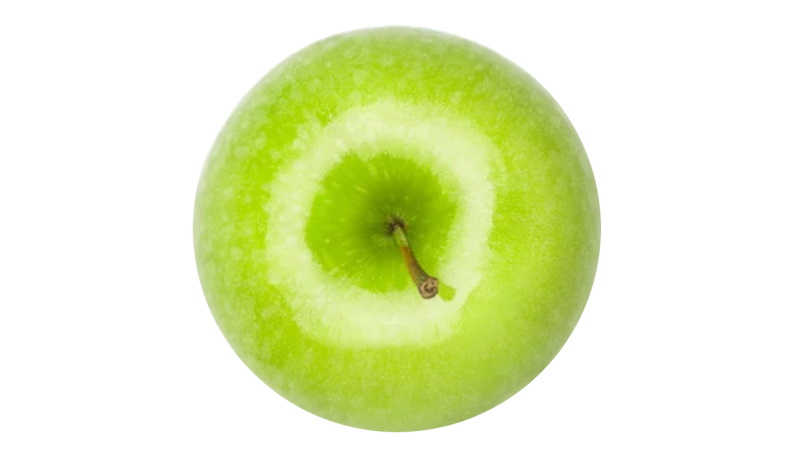Cucurbit Leaf Crumple Virus

In November 2006, cucurbit leaf crumple virus, a virus new to Florida, was found in squash (Cucurbita pepo L.) fields in north central and northeast Florida. Leaves of yellow straightneck squash and zucchini were thickened, distorted, curled, and crumpled. The symptoms on infected yellow straightneck squash were slightly different from those on zucchini. The leaves of yellow straightneck squash plants were rounded on the edges, while leaves of zucchini plants were not. Zucchini fruit did not show obvious symptoms, but the fruit from infected yellow straightneck squash were streaked with green, making them unmarketable. Feeding by whitefly nymphs causes silvering of leaves of squash and blanching of yellow-fruited squash and yellow blotchiness of green-fruited squash. Leaf silvering is distinct from cucurbit leaf crumple disease and should be not be confused with it.
Survival And Spread
This virus is transmitted in a persistent manner by various biotypes of the whitefly, Bemisia tabaci, including the silverleaf whitefly (B. tabaci biotype B = B. argentifolii). Adults must feed for a minimum of 30 minutes on the infected plant and can only transmit the virus after a delay of six to eight hours. Once the whitefly is able to transmit the virus, it can do so for days. The virus cannot be transmitted mechanically and is unlikely to be transmitted through seed.
Management
Do not use transplants produced in states where this virus is known to be a problem (Texas, Arizona, and California).
Where whiteflies are a problem, a soil-applied neonicotinoid insecticide such as imidacloprid (Admire, Bayer CropScience), thiamethoxam (Platinum, Syngenta Crop Protection), or dinotefuran (Venom, Valent USA) should be used at planting. If a foliar application of dinotefuran is used instead of a soil application, it is best to apply it in the first 30 days of the crop, before flowering. In addition to protecting bees, it also will help limit the exposure of the whitefly population to neonicotinoids during the latter part of the crop cycle. An application of pymetrozine (Fulfill, Syngenta Crop Protection) will reduce the number of adults and nymphs and can help slow virus spread.
Endosulfan or a combination of bifenthrin and endosulfan also can be used to reduce adult populations. A new product, spiromesifen (Oberon, Bayer CropScience), is effective against immature stages of the whitefly, as is buprofezin (Courier, Nichino America), an insect growth regulator. Because of concerns about insecticide resistance in whiteflies, it is critically important to observe the restrictions on the number of applications and to rotate insecticide applications among chemicals in different classes. Never follow a soil application of any neonicotinoid with a foliar application of another neonicotinoid. Further information can be found on the Whitefly MoA poster on the Insecticide Resistance Action Committee Web site at www.irac-online.org










